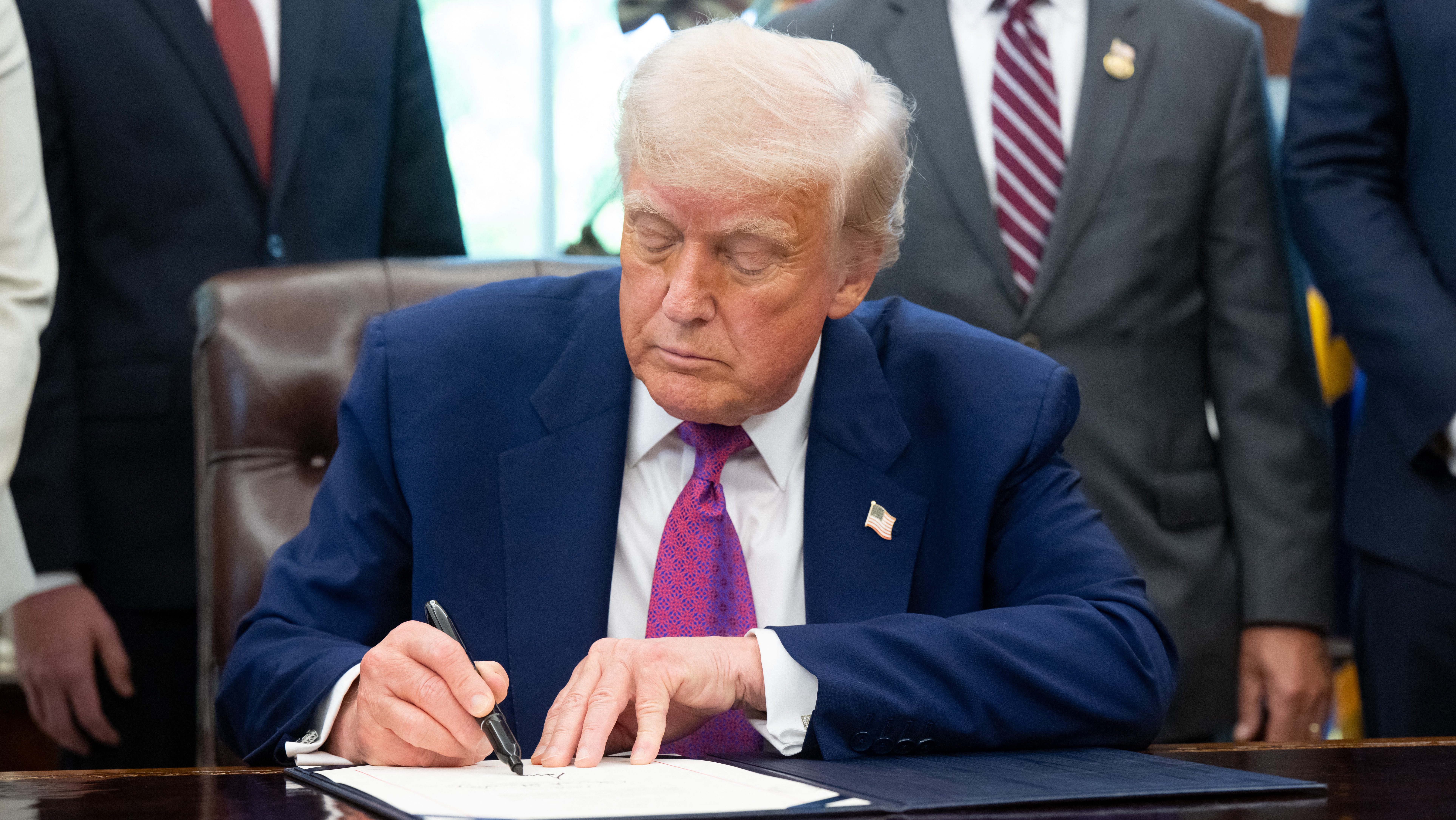Trump's Drug Price Cut: Will "Most Favored Nation" Work?
Trump's Bold Move: Will "Most Favored Nation" Policy Slash Medication Costs?
Introduction: A Prescription for Change?
Remember when you were a kid, and you'd complain that your sibling got a bigger piece of cake? It sounds like President Trump is feeling the same way about medication prices. He's promising to sign an executive order aimed at dramatically reducing what Americans pay for prescription drugs. But is this the magic pill we've been waiting for, or just another dose of political theater? Let's dive in and see what's behind this "Most Favored Nation" policy.
What is the "Most Favored Nation" Policy?
At its core, the "Most Favored Nation" policy, as described by Trump, is a pricing strategy where the United States would aim to pay no more for certain medications than the lowest price paid by any other developed nation. Think of it as demanding the "best price" guarantee on a global scale. This means that if Canada, for instance, pays $10 for a drug, the US wouldn't pay more than that.
How Would it Work? The Mechanics of the Order
Trump's executive order would direct the Department of Health and Human Services (HHS) to implement a system where Medicare prices for drugs administered in doctors' offices are tied to these lower international prices. But how exactly will HHS pull this off? Details are still emerging, but the general idea is that they would benchmark US prices against those in other countries and adjust accordingly.
Potential Challenges: It's Not Always a Fair Comparison
Comparing drug prices internationally isn't as simple as looking at a price tag. Different countries have different healthcare systems, negotiation powers, and regulatory landscapes. A direct comparison might not always be apples to apples.
Trump's Promises: Big Savings, Big Claims
The President has made bold claims about the potential savings, suggesting that healthcare costs could be reduced by "numbers never even thought of before." Can this ambitious goal be achieved?
A Recycled Idea: Deja Vu All Over Again
Here's the kicker: this isn't the first time Trump has floated this idea. He attempted a similar initiative during his first term, which ultimately stalled. Is this a revamped effort, or just a repeat performance?
Impact on Drug Companies: Will They Take a Hit?
Unsurprisingly, the pharmaceutical industry is likely to resist this policy. Reduced prices in the US, one of the world's largest and most profitable markets, could significantly impact their bottom line. This could lead to lawsuits, lobbying efforts, and potential reductions in research and development. After all, drug development is expensive!
Impact on Patients: The Potential Upside
The most significant potential benefit is, of course, lower medication costs for patients. This could make essential treatments more accessible and affordable, particularly for those with chronic conditions. Imagine being able to afford life-saving medication without having to choose between your health and your rent.
Limitations: What Drugs Are Affected?
It's crucial to understand that this policy, even if implemented, likely wouldn't affect all medications. It's expected to primarily target drugs administered in doctors' offices, particularly those covered by Medicare. This means that the medications you pick up at your local pharmacy might not be impacted directly.
Legal Battles Ahead: Expect a Fight
Given the potential impact on the pharmaceutical industry, legal challenges are almost guaranteed. Drug companies are likely to argue that the policy violates existing laws, regulations, or trade agreements. Buckle up; it's going to be a legal rollercoaster.
Political Implications: An Election Year Gambit?
Announcing such a policy in an election year raises questions about the timing and motivations. Is this a genuine effort to lower drug prices, or a strategic move to appeal to voters concerned about healthcare costs? Regardless, it puts healthcare back in the spotlight.
The Role of Medicare: Key to Implementation
Medicare's involvement is central to this policy. By leveraging Medicare's purchasing power, the government aims to drive down prices for a significant portion of the market. But Medicare's ability to negotiate prices has always been a hot topic in the debate, and this order may not give Medicare the full authority to negotiate prices directly like the VA does.
Alternative Solutions: Other Approaches to Lowering Costs
While the "Most Favored Nation" policy is one approach, other potential solutions exist. These include allowing Medicare to negotiate drug prices directly, importing medications from other countries, and promoting generic drug competition. There's no one-size-fits-all answer.
Expert Opinions: What the Analysts Are Saying
Healthcare policy experts have expressed mixed reactions to the proposal. Some are cautiously optimistic about the potential benefits for patients, while others raise concerns about the feasibility and potential unintended consequences. They wonder if drug companies will simply raise prices in other countries or stop offering new drugs in the US.
International Reactions: How Other Countries Will Respond
The reaction of other countries to the "Most Favored Nation" policy is uncertain. Some might welcome the prospect of the US paying fairer prices, while others could resent being used as a benchmark. This could create diplomatic tensions.
Conclusion: A Policy with Potential, But Plenty of Pitfalls
President Trump's executive order aimed at reducing medication costs through a "Most Favored Nation" policy is a bold move, but its success is far from guaranteed. While it holds the potential to lower drug prices for some Americans, it faces significant challenges, including legal hurdles, industry resistance, and international implications. Whether it will ultimately deliver on its promises remains to be seen.
Frequently Asked Questions (FAQs)
Here are some frequently asked questions about Trump's executive order and its potential impact:
- What medications will be affected by the "Most Favored Nation" policy?
The policy is expected to primarily target drugs administered in doctors' offices and covered by Medicare Part B.
- Will this policy lower the prices of all prescription drugs?
No, it primarily focuses on specific drugs administered in medical settings. Medications you buy at your local pharmacy may not be affected.
- When will this policy take effect?
The timing is uncertain and depends on the details of the executive order and any legal challenges that may arise.
- How will the government determine the "lowest price" paid by other countries?
The Department of Health and Human Services will likely benchmark US prices against those in other developed nations, but the exact methodology is yet to be defined.
- What are the potential downsides of this policy?
Potential downsides include legal challenges from the pharmaceutical industry, reduced investment in drug research and development, and potential diplomatic tensions with other countries.




